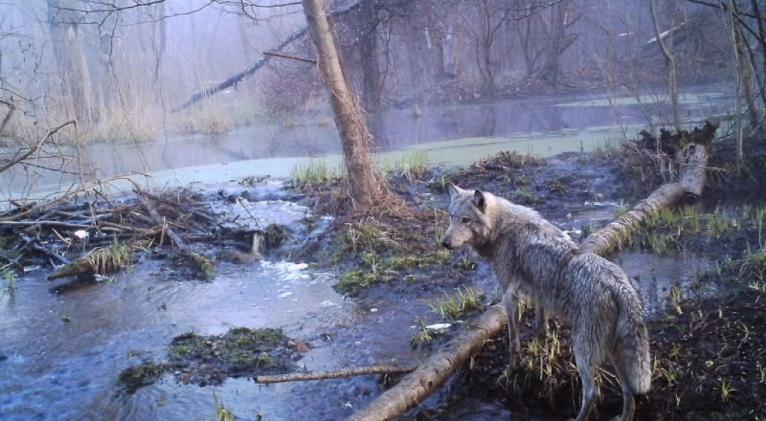Wildlife is thriving around Chernobyl since the people left
especiales

Some 116,000 people fled the radioactive fallout from the reactor after it exploded in 1986, and another 220,000 were resettled after that, vacating a zone covering some 4200 square kilometres split equally between Belarus and Ukraine.
“Whatever negative effects there are from radiation, they are not as large as the negative effects of having people there,” says Jim Smith of the University of Portsmouth in the UK. “We’re not saying there weren’t radiological effects at all, but we can’t see effects on populations as a whole.”
The message is clear, he says. “The everyday things we do, such as occupying an area, forestry, hunting and agriculture, are what damages the environment.”
“The striking Chernobyl findings reveal that nature can flourish if people will just leave it alone,” says Bill Laurance of James Cook University in Cairns, Australia. “This underscores the vital importance of having people-free parts of the planet.”
Lee Hannah of Conservation International says Chernobyl is a living testament to the resilience of nature. “Wild places can come back if we give them a chance, but we don’t want to rely on nuclear disasters to make this happen,” he says.
Animal tracks
The analysis by Smith of field data collected by his colleagues at the Polessye State Radioecological Reserve and elsewhere in Belarus is the largest study on wildlife in the area since the accident.
The researchers conducted in-depth surveys on roe deer, elk, red deer, wild boar and wolves between 2008 and 2010. This involved examining and counting tracks left in snow on 35 winter routes over a combined 315 kilometres – 20 times the length of habitat surveyed in any previous study.
These were repeated for at least two successive years and sometimes three, whereas previous surveys had been one-off studies.
The team then compared the abundance of animals found with that measured between 2005 and 2010 using the same procedures in four uncontaminated nature reserves of similar size and habitat in Belarus. The density in Chernobyl matched or exceeded those in other reserves. A similar picture emerged when the researchers compared wildlife numbers in Chernobyl with those in the Bryansky Forest reserve 250 kilometres away in Russia.
They also reanalysed historical data on animal densities from the first 10 years after the disaster, between 1987 and 1996. By combining that with contemporary measurements of caesium-137 – a marker of radiation levels – Smith calculated that residual radiation was having little impact on animal survival.
Short-term shock
Smith says that the worst impacts of radiation on animals occurred within the first year or so after the accident, mainly because of short-lived but highly toxic isotopes such as iodine-131 and technetium-99. For example, cattle died after eating grass contaminated with the iodine, and early studies showed that mice suffered many more miscarriages.
“By 1987 the dose rate fell low enough to avoid these larger, more acute effects,” says Smith.
Since the disaster, the estimated radiation doses that animals receive in the worst-hit areas have stabilised at around 1 milligray per day, about a tenth the dose someone would receive during an abdominal CT scan.
To find out whether this daily dose is high enough to cause damaging mutations, Smith is currently comparing mutation rates in fish from Chernobyl with those in uncontaminated controls.
Mike Wood of the University of Salford, UK, whose ongoing wildlife camera study in the Chernobyl zone has confirmed the return of the brown bear and European bison, says that although wildlife is thriving, it’s probably too soon for large animals to have evolved radiation resistance because they breed so slowly.
“The study results support what many scientists have long suspected, that the impact of radiation on wildlife within the exclusion zone is much less than the impact of humans,” says Wood.
But he cautions that some studies have shown impacts on Chernobyl insect populations at lower doses than those expected to harm larger animals. “There are ongoing studies to further evaluate the extent to which both insects and mammals are impacted by the radiation,” he says.













Add new comment